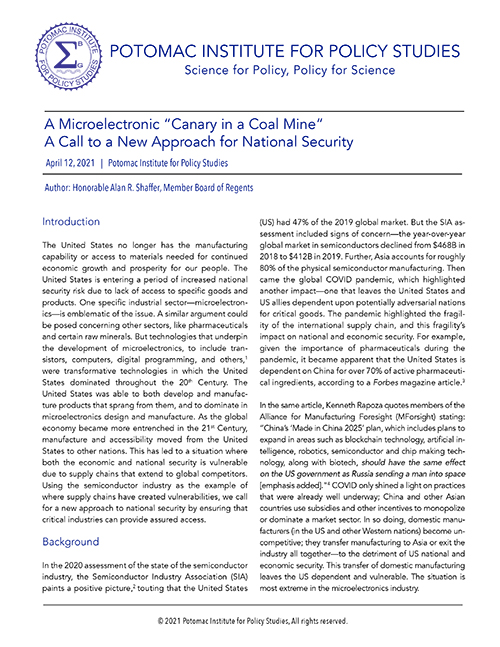Featured
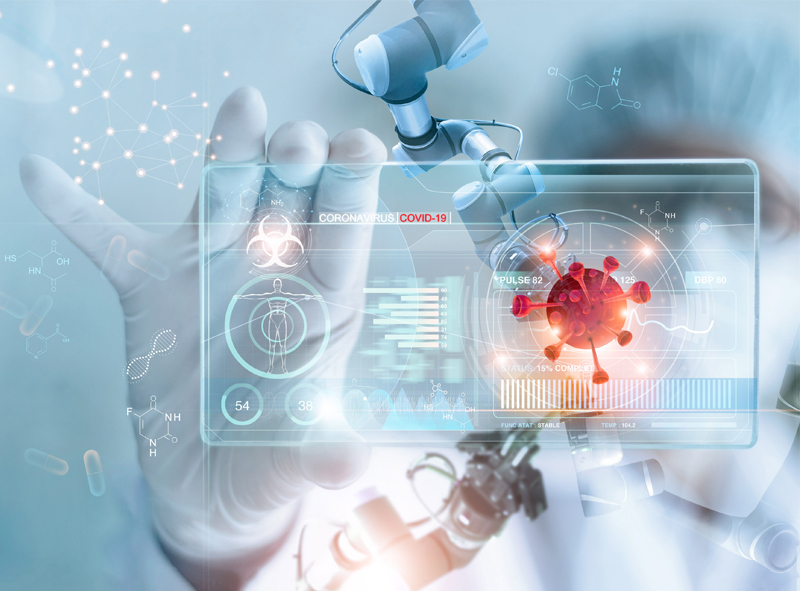
I'd rather take my chances: Why pausing J&J's vaccine is a bad idea.
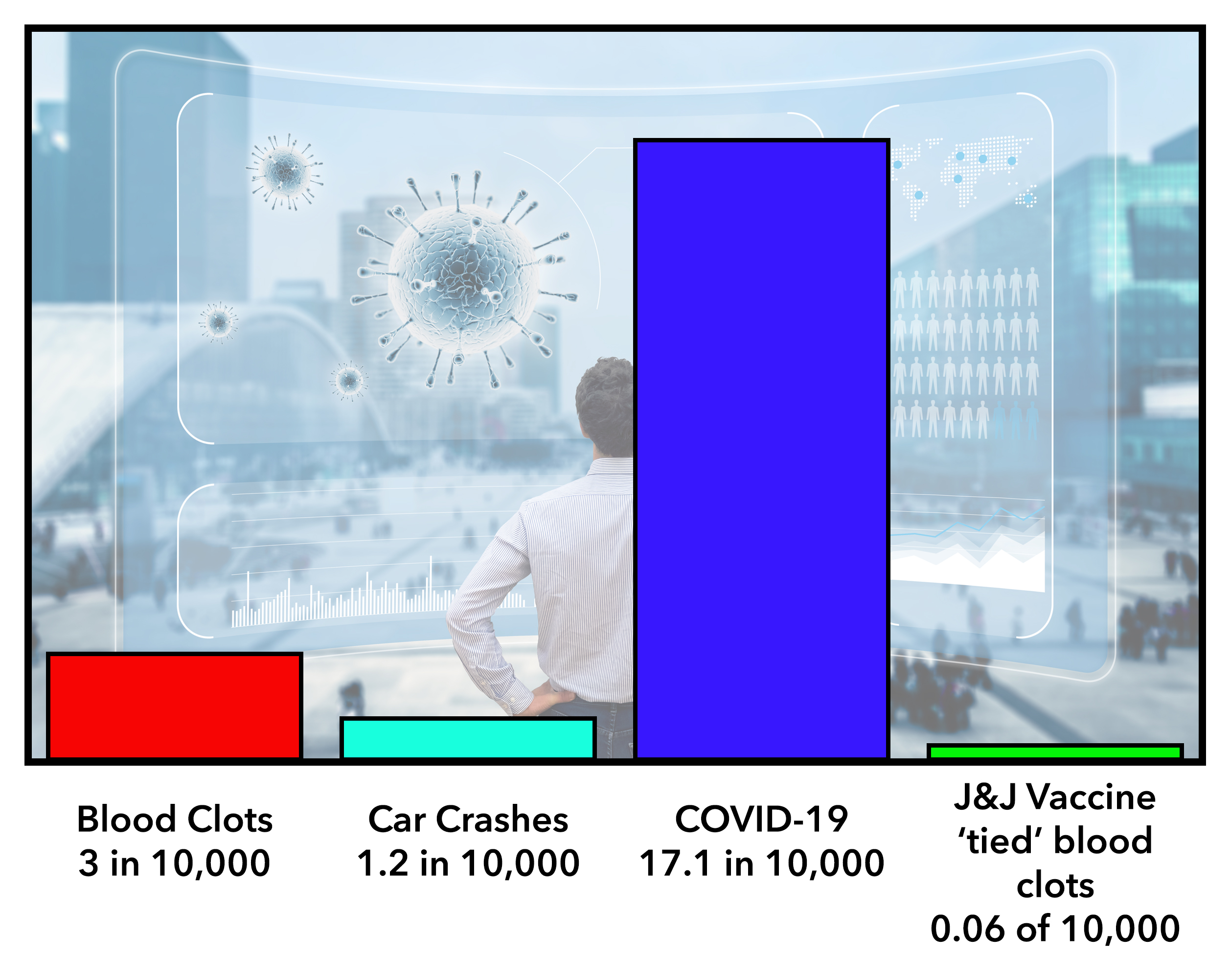 With the pause on the delivery of the Johnson & Johnson vaccine, we have not only deprived some of the most at-risk individuals of protection against COVID-19, but we have also irreversibly diminished the value of the vaccines in the eyes of the public. The jab will come back but the damage has been done to the image of all vaccines.
With the pause on the delivery of the Johnson & Johnson vaccine, we have not only deprived some of the most at-risk individuals of protection against COVID-19, but we have also irreversibly diminished the value of the vaccines in the eyes of the public. The jab will come back but the damage has been done to the image of all vaccines.
A huge spotlight has been placed on 6 women who had blood clots in recent days, 1 of whom tragically died. These women happen to be 6 of 7,000,000 people who have received the Johnson & Johnson vaccine. Drawing a non-causal connection, the CDC has called for a pause on the use of the Johnson & Johnson vaccine.
Blood clots affects up to 100,000 individuals a year, an incidence rate of about 3.0 in 10,000 for women1 (with the toll slightly higher for men).2 Compare that with the Johnson & Johnson vaccine “tied” blood clotting issue in women between the ages of 18 – 48 where the values of this “increased incidence” is 0.06 in 10,000 women 18-48 who received the vaccine. Never mind that car accidents have a death toll of 1.2 in 10,0003 or that women whom use birth control take the risk of increased blood clot with the incidence rate of about 1 in 3004, COVID-19 itself has killed 17.1 in 10,000 Americans5. We are comparing a 0.06 and a 17.1 rate.
With COVID-19 being the biggest public health crisis of our time, we are desperately in need of as many vaccinations as possible. Pausing or throwing away a time dependent supply of a life saving measure is not only inadvisable, it is a misinformed and dangerous act.
So, if given the opportunity to receive the Johnson & Johnson vaccine, I’ll take my chances.
· From female scientists, everywhere
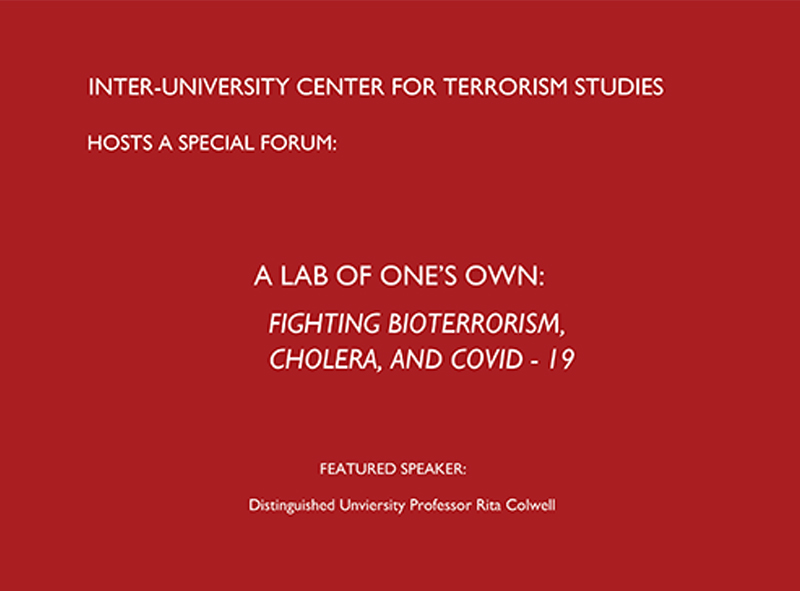
PROFESSOR YONAH ALEXANDER AND PROFESSOR DON WALLACE, JR.
EDITORS
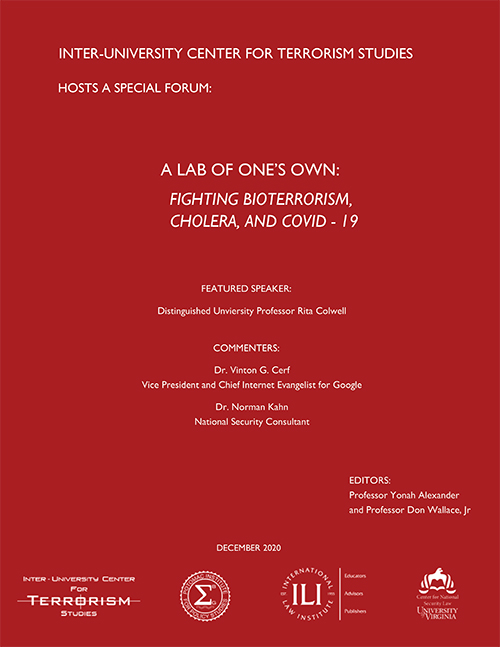 The national, regional, and global spectrum of biological challenges is limitless. Throughout recorded history, these safety concerns stem essentially from two inevitable sources of enduring actual and potential dangers to individuals, communities, societies, and civilizations.
The national, regional, and global spectrum of biological challenges is limitless. Throughout recorded history, these safety concerns stem essentially from two inevitable sources of enduring actual and potential dangers to individuals, communities, societies, and civilizations.
The first critical threat is caused by Mother Nature’s disasters, such as earthquakes, cyclones, and infectious diseases. The second concern is man-made menaces, including violent radicalism, terrorism, and war. The key question is whether the United States and the International Community are
prepared to identify, prevent, and counter current and future biological threats.
This Preface of the current report on “A Lab of One’s Own: Fighting Bioterrorism, Cholera, and COVID-19” (December 2020) offers an overview of the national and global implications of biological challenges, both natural and man-made, as well as providing a brief academic perspective.
To read the report click here
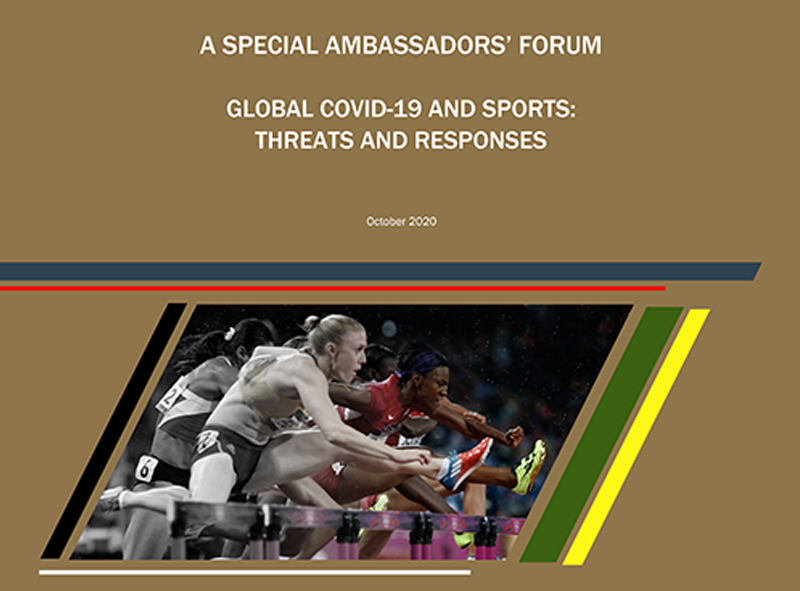
PROFESSOR YONAH ALEXANDER AND PROFESSOR DON WALLACE, JR., EDITORS
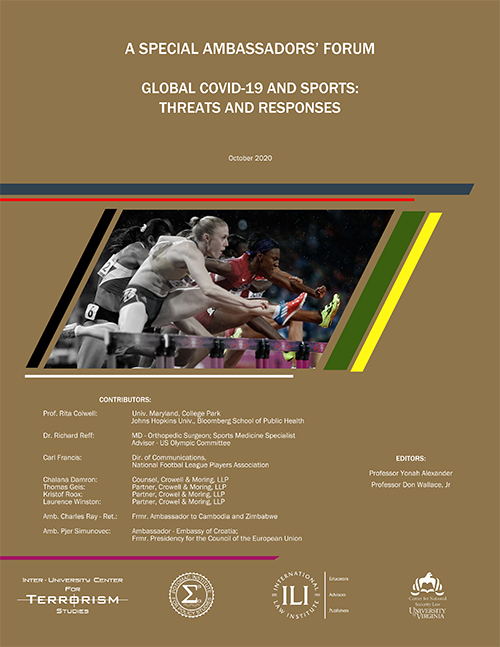 The national, regional, and global spectrum of biological challenges is limitless. Throughout recorded history, these infinite safety concerns stem essentially from two inevitable sources of enduring actual and potential dangers to individuals, communities, societies, and civilizations.
The national, regional, and global spectrum of biological challenges is limitless. Throughout recorded history, these infinite safety concerns stem essentially from two inevitable sources of enduring actual and potential dangers to individuals, communities, societies, and civilizations.
The first critical threat is caused by Mother Nature’s disasters, such as earthquakes, cyclones, and infectious diseases. The second concern are man-made menaces, including violent radicalism, terrorism, and war. The key question then is whether the United States and the International Community are prepared to identify, prevent, and counter current and future biological threats.
In this connection our current academic and professional effort is publishing a Report on “Global COVID-19 and Sports: Threats and Responses” that consists of contributions by invited interdisciplinary panelists at our recent Ambassadors’ Forum on “Global Covid-19 and Sports: Threats and Responses” that was held on July 30, 2020, via Zoom conferencing and hosted by the International Law Institute (ILI) and the Inter-University Center for Terrorism Studies (IUCTS). Speakers at this Ambassadors’ Forum included Distinguished University Professor Rita Colwell (University of Maryland College Park and Johns Hopkins University. Bloomberg School of Public Health); Dr. Richard B. Reff, MD (Orthopedic Surgeon and Sports Medicine Specialist); Carl Francis (Director of Communication at the National Football League Players Association); Chalana Damron, Tom Gies, Kristof Roox (attorneys at Crowell & Moring); Ambassador (Ret.) Charles Ray (a former U.S. diplomat and military officer); and Ambassador Pjer Simunovic at the Embassy of Croatia (holding the Presidency of the Council of the European Union). Subsequently, Laurence Winston, an attorney also at Crowell & Moring contributed to the current Report as well.
It should also be noted that in view of the significant role of law in planning for the security, health, business, and sports world in the shadow of the continuing coronavirus pandemic, we decided, with the approval of Crowell & Moring, to also publish a Monograph on “Global Covid-19 and Sports: Exposure Claims and Liability Mitigation Considerations”. The authors of this publication were the attorneys from Crowell Moring LLP, namely, Chalana Damron, Thomas P. Gies, Kristof Roox, and Laurence Winston. The abbreviated version of the Monograph is incorporated in the current, slightly edited and updated, Report.
This Preface provides a brief academic context from the perspectives of the Editors of this publication as well as relevant Acknowledgements.
To read the full report click here
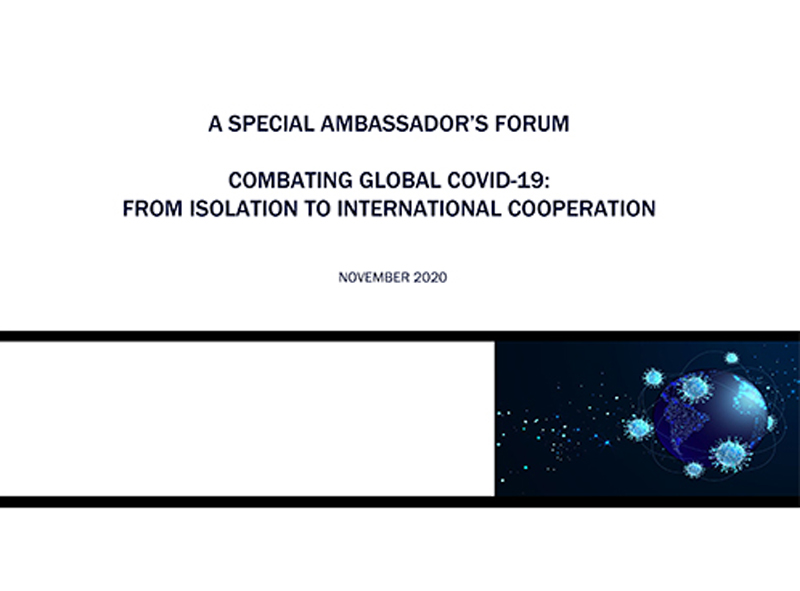
PROFESSOR YONAH ALEXANDER AND PROFESSOR DON WALLACE, JR., EDITORS
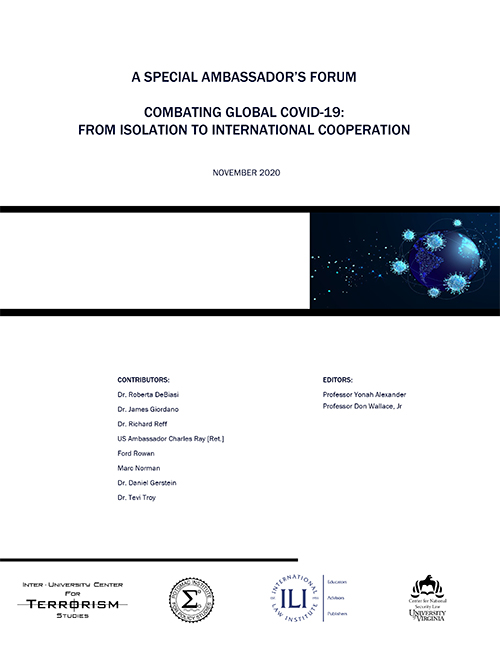 The national, regional, and global spectrum of biological challenges is limitless. Throughout recorded history, these infinite safety concerns stem essentially from two inevitable sources of enduring actual and potential dangers to individuals, communities, societies, and civilizations.
The national, regional, and global spectrum of biological challenges is limitless. Throughout recorded history, these infinite safety concerns stem essentially from two inevitable sources of enduring actual and potential dangers to individuals, communities, societies, and civilizations.
The first critical threat is caused by Mother Nature’s disasters, such as earthquakes, cyclones, and infectious diseases. The second concern is man-made menaces, including violent radicalism, terrorism, and war. The key question then is whether the United States and the International Community are prepared to identify, prevent, and counter current and future biological threats.
The Preface of our current Report on “Combating Global COVID-19: From Isolation to International Cooperation” (November 2020) offers an overview of the nature and global implications of biological challenges, both natural and man made, as well as provides a brief academic perspective of the editors of this timely publication.
Read the full report here

Author: Honorable Alan R. Shaffer, Member Board of Regents
 The United States no longer has the manufacturing capability or access to materials needed for continued economic growth and prosperity for our people. The United States is entering a period of increased national security risk due to lack of access to specific goods and products. One specific industrial sector—microelectronics—is emblematic of the issue. A similar argument could be posed concerning other sectors, like pharmaceuticals and certain raw minerals. But technologies that underpin the development of microelectronics, to include transistors, computers, digital programming, and others,1 were transformative technologies in which the United States dominated throughout the 20th Century. The United States was able to both develop and manufacture products that sprang from them, and to dominate in microelectronics design and manufacture. As the global economy became more entrenched in the 21st Century, manufacture and accessibility moved from the United States to other nations. This has led to a situation where both the economic and national security is vulnerable due to supply chains that extend to global competitors. Using the semiconductor industry as the example of where supply chains have created vulnerabilities, we call for a new approach to national security by ensuring that critical industries can provide assured access.
The United States no longer has the manufacturing capability or access to materials needed for continued economic growth and prosperity for our people. The United States is entering a period of increased national security risk due to lack of access to specific goods and products. One specific industrial sector—microelectronics—is emblematic of the issue. A similar argument could be posed concerning other sectors, like pharmaceuticals and certain raw minerals. But technologies that underpin the development of microelectronics, to include transistors, computers, digital programming, and others,1 were transformative technologies in which the United States dominated throughout the 20th Century. The United States was able to both develop and manufacture products that sprang from them, and to dominate in microelectronics design and manufacture. As the global economy became more entrenched in the 21st Century, manufacture and accessibility moved from the United States to other nations. This has led to a situation where both the economic and national security is vulnerable due to supply chains that extend to global competitors. Using the semiconductor industry as the example of where supply chains have created vulnerabilities, we call for a new approach to national security by ensuring that critical industries can provide assured access.

